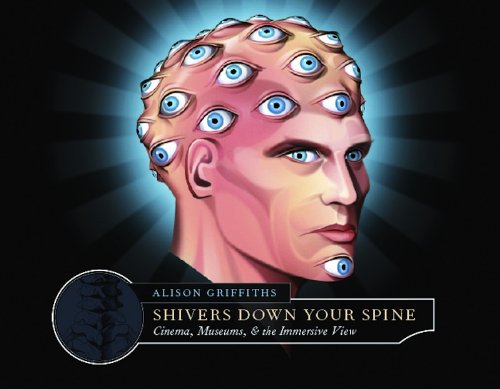By Takashi Nishiyama
Naval, aeronautic, and mechanical engineers performed a strong half within the army buildup of Japan within the early and mid-twentieth century. They belonged to a militaristic regime and embraced the significance in their position in it. Takashi Nishiyama examines the effect of battle and peace on technological transformation through the 20th century. he's the 1st to check the paradoxical and transformative energy of Japan’s defeat in global struggle II during the lens of engineering.
Nishiyama asks: How did professionals decide upon and get ready younger males to be engineers? How did Japan advance curricula enough to the duty (and from whom did the rustic borrow)? below what stipulations? What did the engineers contemplate the planes they outfitted to help Kamikaze suicide missions? yet his learn finally issues the impressive transition those knowledgeable engineers made after overall defeat in 1945. How may perhaps the engineers of struggle machines so quick flip to peaceable development initiatives similar to designing the apparatus essential to manufacture purchaser items? most crucial, they constructed new high-speed rail companies, together with the Shinkansen Bullet educate. What does this alteration let us know not just approximately Japan at warfare after which in peacetime but additionally in regards to the malleability of engineering cultures?
Nishiyama goals to counterbalance general Eurocentric/Americentric perspectives within the historical past of know-how. Engineering battle and Peace in smooth Japan, 1868–1964 units the ancient event of 1 country’s technological transformation in a bigger overseas framework by way of learning assets in six diversified languages: chinese language, English, French, German, eastern, and Spanish. the result's a desirable learn for these drawn to know-how, East Asia, and foreign stories. Nishiyama's paintings deals classes to policymakers drawn to how a rustic can get better effectively after defeat.
Read or Download Engineering War and Peace in Modern Japan, 1868–1964 (Johns Hopkins Studies in the History of Technology) PDF
Best history & philosophy on science & nature books
Shivers Down Your Spine: Cinema, Museums, and the Immersive View (Film and Culture Series)
From the architectural spectacle of the medieval cathedral and the romantic chic of the nineteenth-century landscape to the techno-fetishism of cutting-edge London technological know-how Museum, people have won a deeper realizing of the wildlife via hugely illusionistic representations that engender new modes of seeing, listening, and pondering.
Evolution, video games, and God explores how cooperation and altruism, along mutation and common choice, play a severe function in evolution, from microbes to human societies. Inheriting a bent to cooperate and self-sacrifice on behalf of others will be as necessary to a population’s survival because the self-preserving instincts of people.
Within the Eighties, philosophical, historic and social stories of technology underwent a transformation which later advanced right into a flip to practice. Analysts of technological know-how have been requested to be aware of clinical practices in meticulous aspect and alongside a number of dimensions, together with the cloth, social and mental.
Complicated Geography through Ralph Stockman Tarr. This publication is a replica of the unique e-book released in 1909 and will have a few imperfections equivalent to marks or hand-written notes.
- Streifzüge an der Riviera (German Edition)
- The Blackwell Guide to the Philosophy of Science (Blackwell Philosophy Guides)
- Engineering—An Endless Frontier
- The Works of Charles Darwin: Vol 10: The Foundations of the Origin of Species: Two Essays Written in 1842 and 1844 (Edited 1909) (The Pickering Masters)
- Breathing on the Roof of the World: Memoir of a Respiratory Physiologist (Springer Biographies)
- Masons, Tricksters and Cartographers: Comparative Studies in the Sociology of Scientific and Indigenous Knowledge (Studies in the History of Science, Technology & Medicine)
Extra resources for Engineering War and Peace in Modern Japan, 1868–1964 (Johns Hopkins Studies in the History of Technology)
Sample text
